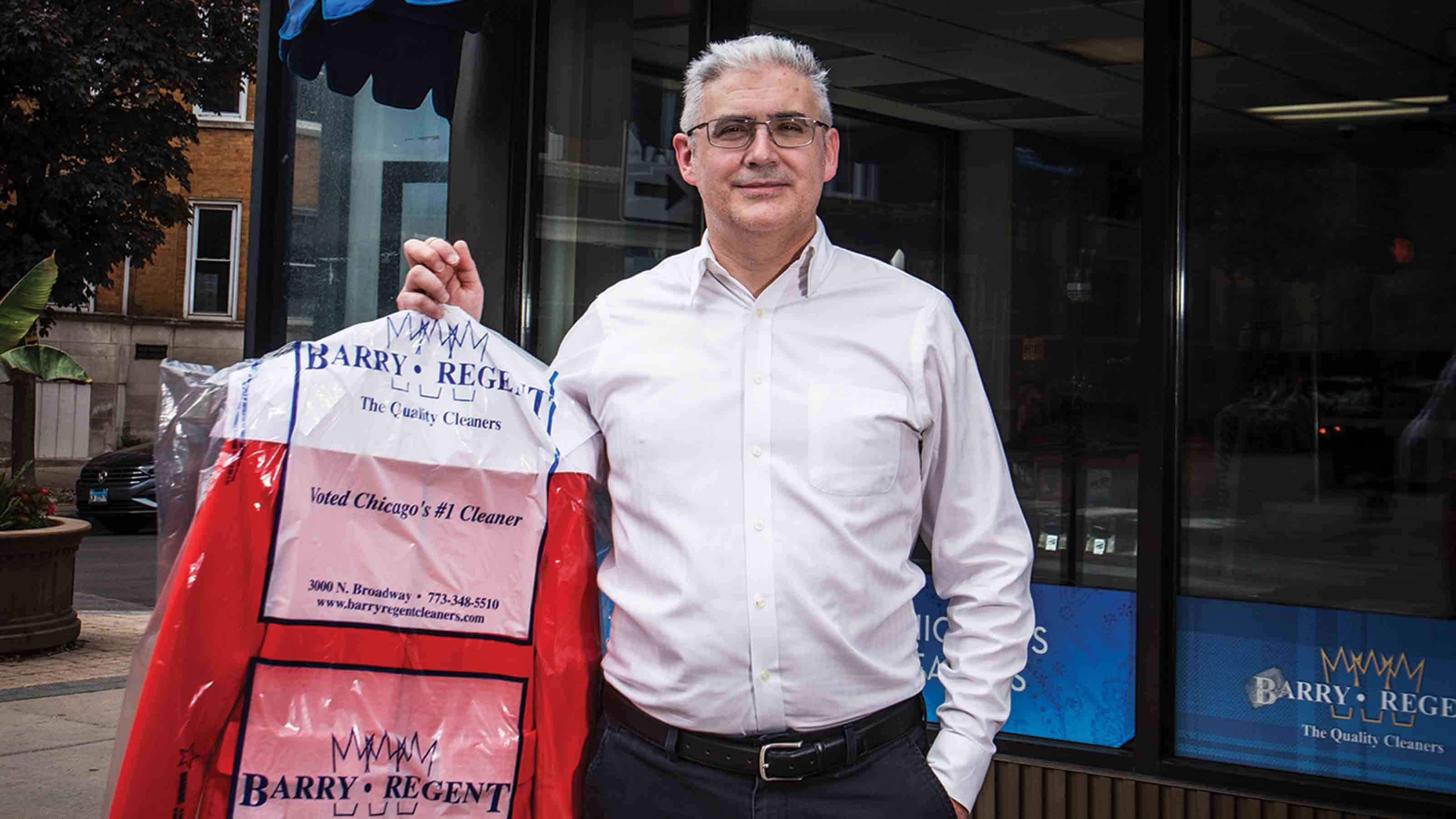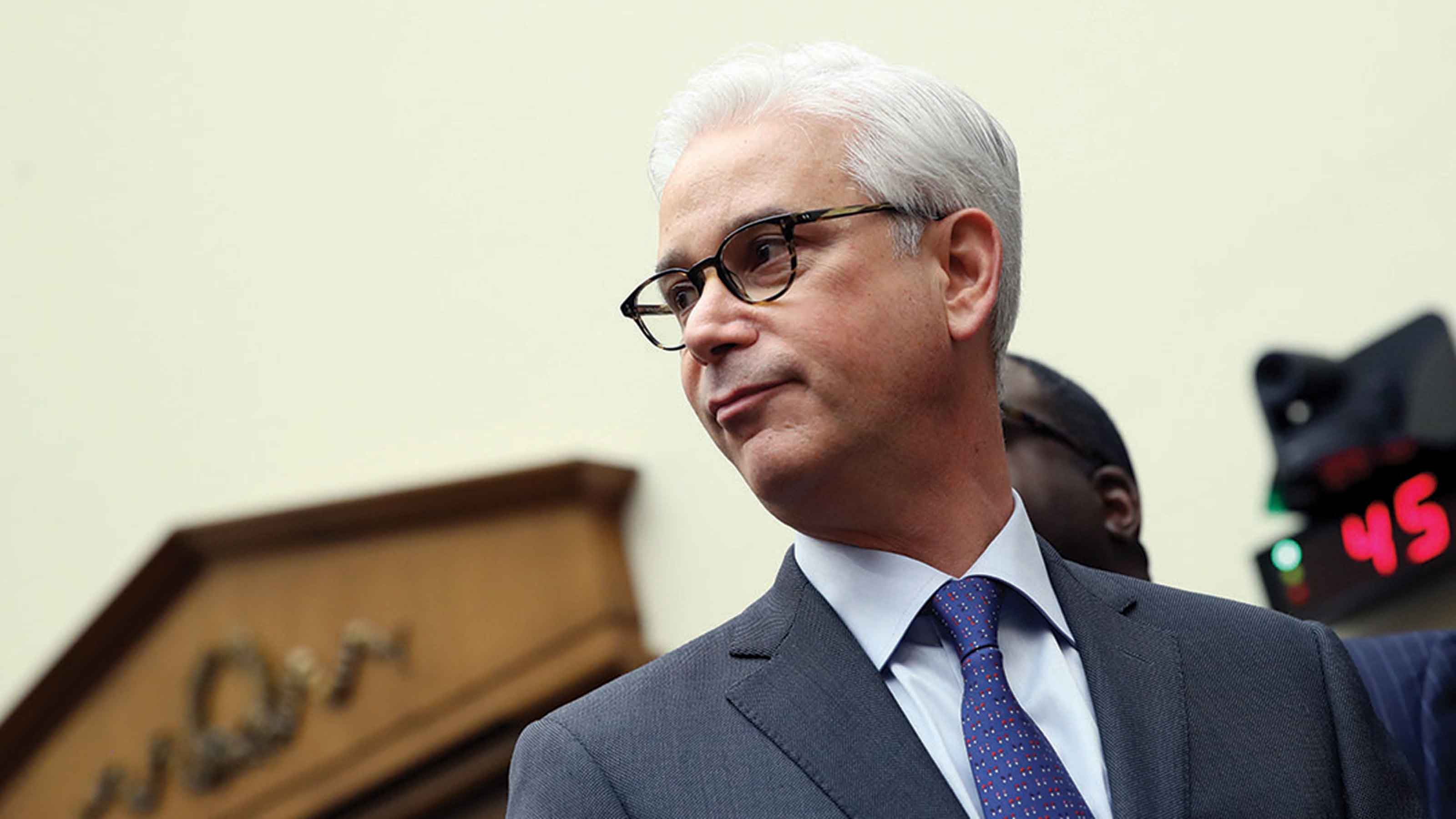How a Border Tax Would Affect You
A plan to limit imports could raise prices but also create more jobs.

After grappling with your own tax return, you probably haven’t given a lot of thought to how much Apple and ExxonMobil pay Uncle Sam. But a Republican plan to reengineer the corporate tax code could have a direct impact on your bottom line. How much? That depends on whom you talk to and where they stand on the border adjustment tax.
The border adjustment tax would eliminate taxes on income from products sold outside the U.S. while removing tax deductions for the cost of imported goods, which would effectively impose a 20% surcharge on imports. Proponents say the change would encourage companies to make products in the U.S., thus generating more jobs. The tax on imports would raise an estimated $1 trillion over 10 years, enabling the government to cut corporate tax rates—currently, the highest in the world—from 35% to 20%. Chief executives of companies that are big exporters, such as Boeing, Caterpillar and Pfizer, are big fans of the BAT. They say the current business tax code gives an unfair advantage to foreign competitors and foreign-made goods.
But chief executives from Wal-Mart, Target, Macy’s and dozens of other retailers contend that the BAT would increase the cost of just about everything by up to 20%. For most consumers, switching to items made in the U.S. isn’t an option. About 97% of the clothes and 98% of the shoes sold in the U.S. are made overseas, according to the American Apparel and Footwear Association. “Whether it’s the automobile you drive, the gasoline you use, the groceries you put on the table, or the shoes and the clothes you put on your feet and back, the prices of all of those things will get driven up by the border adjustment tax,” says National Retail Federation chief executive Matthew Shay. The BAT has strong support from House Republican leaders but faces headwinds in the Senate, where some Republican lawmakers have expressed concern about how it will affect big retailers.

Sign up for Kiplinger’s Free E-Newsletters
Profit and prosper with the best of expert advice on investing, taxes, retirement, personal finance and more - straight to your e-mail.
Profit and prosper with the best of expert advice - straight to your e-mail.
The plan’s supporters argue that a sharp increase in the value of the dollar would help offset any price hikes. Here’s how: The tax break for U.S. exporters would allow those companies to lower prices initially, which would increase demand for their products overseas. That, in turn, would boost demand for dollars, driving up the value of the greenback by 20% or more. A stronger dollar would increase purchasing power for U.S. companies and consumers who buy materials or products from overseas, thus offsetting the higher tax on imports.
Because a BAT has never been tried, it’s unknown how long it would take to reach that kind of equilibrium. Currency traders might buy dollars in anticipation of a policy change, hastening the greenback’s rise. But economists at the Institute on Taxation and Economic Policy, a nonpartisan research group, say the adjustment overall could take years, and in the meantime, at least some portion of the tax would be passed on to consumers.
If you’re planning a trip to Paris, a stronger dollar is great news, but it has its pitfalls, too, particularly where your portfolio is concerned. As the dollar rises, it depresses returns from investments denominated in foreign currencies. One way around that problem is to look for funds that hedge their currency exposure, such as FMI International (symbol FMIJX), a member of the Kiplinger 25, the list of our favorite funds.
Get Kiplinger Today newsletter — free
Profit and prosper with the best of Kiplinger's advice on investing, taxes, retirement, personal finance and much more. Delivered daily. Enter your email in the box and click Sign Me Up.

Block joined Kiplinger in June 2012 from USA Today, where she was a reporter and personal finance columnist for more than 15 years. Prior to that, she worked for the Akron Beacon-Journal and Dow Jones Newswires. In 1993, she was a Knight-Bagehot fellow in economics and business journalism at the Columbia University Graduate School of Journalism. She has a BA in communications from Bethany College in Bethany, W.Va.
-
 I'm Single, With No Kids: Why Do I Need an Estate Plan?
I'm Single, With No Kids: Why Do I Need an Estate Plan?Unless you have a plan in place, guess who might be making all the decisions about your prized possessions, or even your health care: a court.
By Cynthia Pruemm, Investment Adviser Representative
-
 Most Investors Aren't as Diversified as They Think: Are You?
Most Investors Aren't as Diversified as They Think: Are You?You could be facing a surprisingly dangerous amount of concentration risk without realizing it. Fixing that problem starts with knowing exactly what you own.
By Scott Noble, CPA/PFS
-
 Airbnb Host Tells What It's Like
Airbnb Host Tells What It's LikeBusiness Costs & Regulation This Denver pharmacist began booking her ski condo a few months after the pandemic hit.
By Emma Patch
-
 Tough Times for a Family Business
Tough Times for a Family BusinessBusiness Costs & Regulation His dry-cleaning operation was rocked by the pandemic, but he is staying optimistic.
By Emma Patch
-
 IRS Gives Truckers a Tax Break in Response to the Colonial Pipeline Shutdown
IRS Gives Truckers a Tax Break in Response to the Colonial Pipeline ShutdownTax Breaks The tax penalty for using dyed diesel fuel for highway use is temporarily suspended.
By Rocky Mengle
-
 Reliving a Harlem Renaissance
Reliving a Harlem RenaissanceBusiness Costs & Regulation After a tough winter, two sisters look forward to reviving their restaurant’s business.
By Emma Patch
-
 Add a VPN to Surf the Internet Safely
Add a VPN to Surf the Internet SafelyTechnology To help you fight identity theft, consider adding a VPN.
By Emma Patch
-
 Stephanie Creary: Making the Case for Diversity on Corporate Boards
Stephanie Creary: Making the Case for Diversity on Corporate BoardsBusiness Costs & Regulation Adding underrepresented voices can improve a company’s bottom line.
By Rivan V. Stinson
-
 How We Lose When We Overlook Black Talent
How We Lose When We Overlook Black TalentBusiness Executives Comments from Wells Fargo CEO Charles Scharf (pictured) reflect a culture that tramples on clients’ trust and limits opportunities for people of color.
By Doug Glanville
-
 Retirees, Create An Emergency Fund for Rental Property
Retirees, Create An Emergency Fund for Rental PropertyBusiness Costs & Regulation Build a cushion to protect your income from an unforeseen crisis.
By Patricia Mertz Esswein